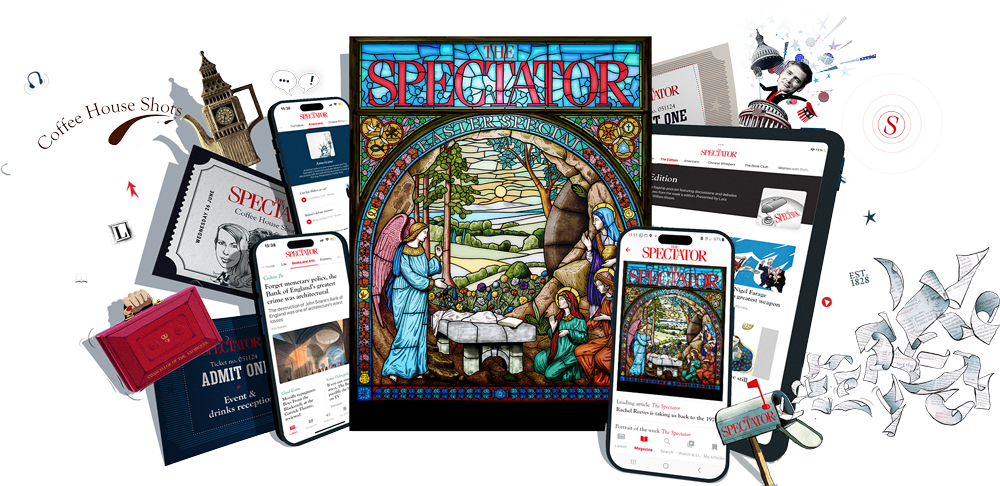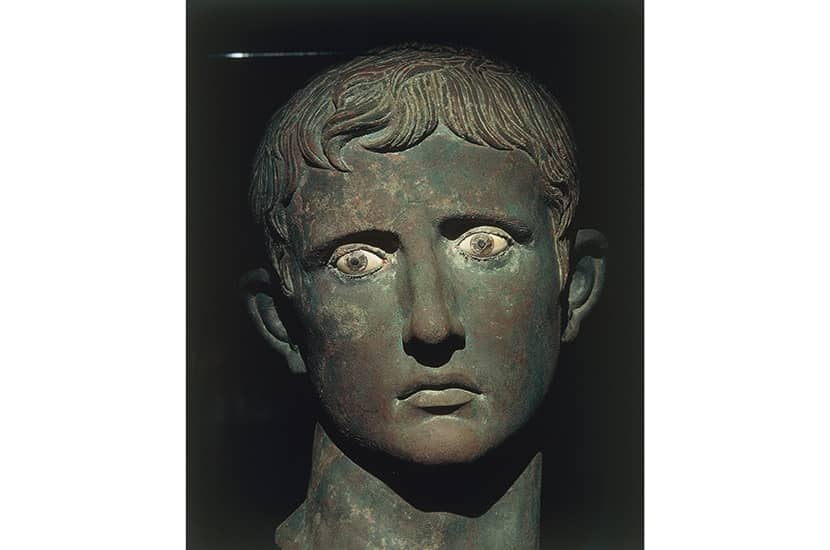Rising professors do well to be controversial if they wish to be invited to contribute to mainstream media. But the elder professor, lauded, loved and telly-tastic, has the privilege of swerving controversy without losing the limelight. And so Mary Beard gives us this rich disquisition on the Caesars’ visual representation (and misrepresentation), from swapped plinths to forged heads.
Handsomely illustrated and brightly ringing with Beard’s enjoyment and scholarship, the book doesn’t inflame debate but brings it down a few degrees. While her publicist might have preferred more engagement with today’s ‘sculpture wars’ (touted on the dust jacket but not mentioned within), Beard provides no ammo for either side, but takes a wry long view. The effect is not to blister but to pour balm.
Suetonius’ The Twelve Caesars seeded the Renaissance idea that selected emperors could form a set, not unlike the apostles or Seven Worthies. This was a collection to which everyone in due course aspired, from Gonzagas or Habsburgs seeking to underline their regal legitimacy in their interior décor, to 18th- century middle classes acquiring the full set of 12 numbered Wedgwood emperor roundels, one by one. Some groupings are maximalist — there is a set of 67 imperial busts, including selected wives, in the Room of Emperors in the new wing (Palazzo Nuovo) of the Capitoline Museums in Rome — but 12 is the accepted minimum, with respectable bods such as Hadrian or Trajan substituted for Caligula when a collector wanted a more ‘aspirational’ line-up.
Julius Caesar’s combover is seen on coins, and Vitellius’jowls and Nero’s double chin and designer stubble
Telling your Domitian from your Trajan is a complex business. Unlike Christian saints, who are generally pictured accompanied by helpful props (St Catherine’s wheel, St Peter’s keys) or monarchs, who were permitted a degree of physical quiddity (portly Henry VIII or hunched Richard III), the emperors were sculpted with the same heroic-type bodies, so everything comes down to the face.







Comments
Join the debate for just £1 a month
Be part of the conversation with other Spectator readers by getting your first three months for £3.
UNLOCK ACCESS Just £1 a monthAlready a subscriber? Log in